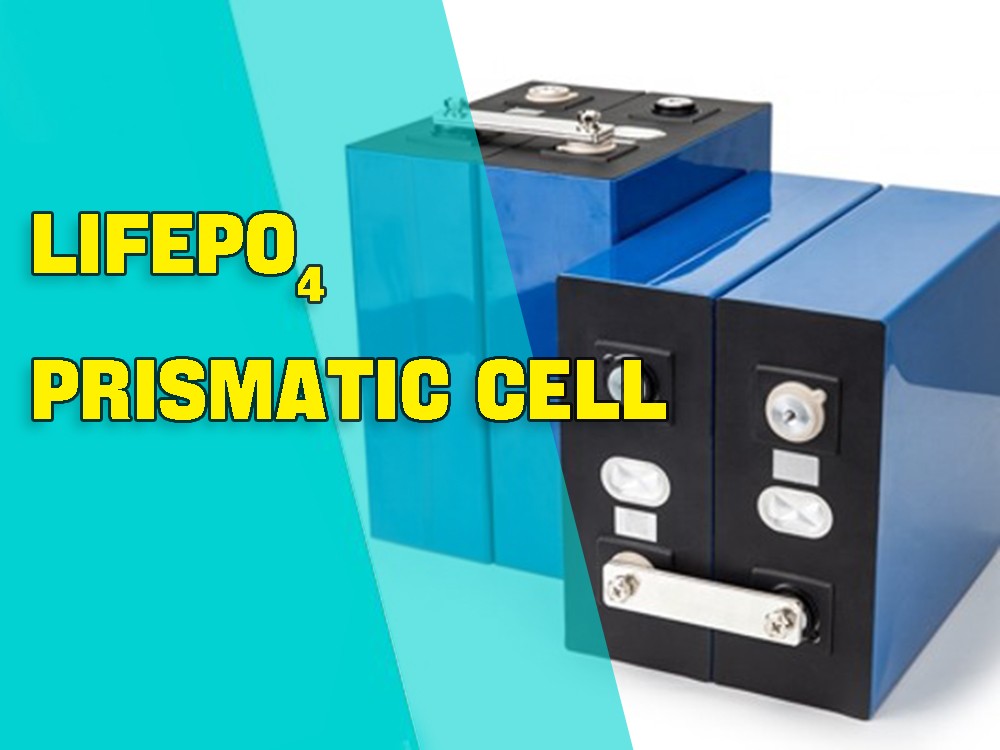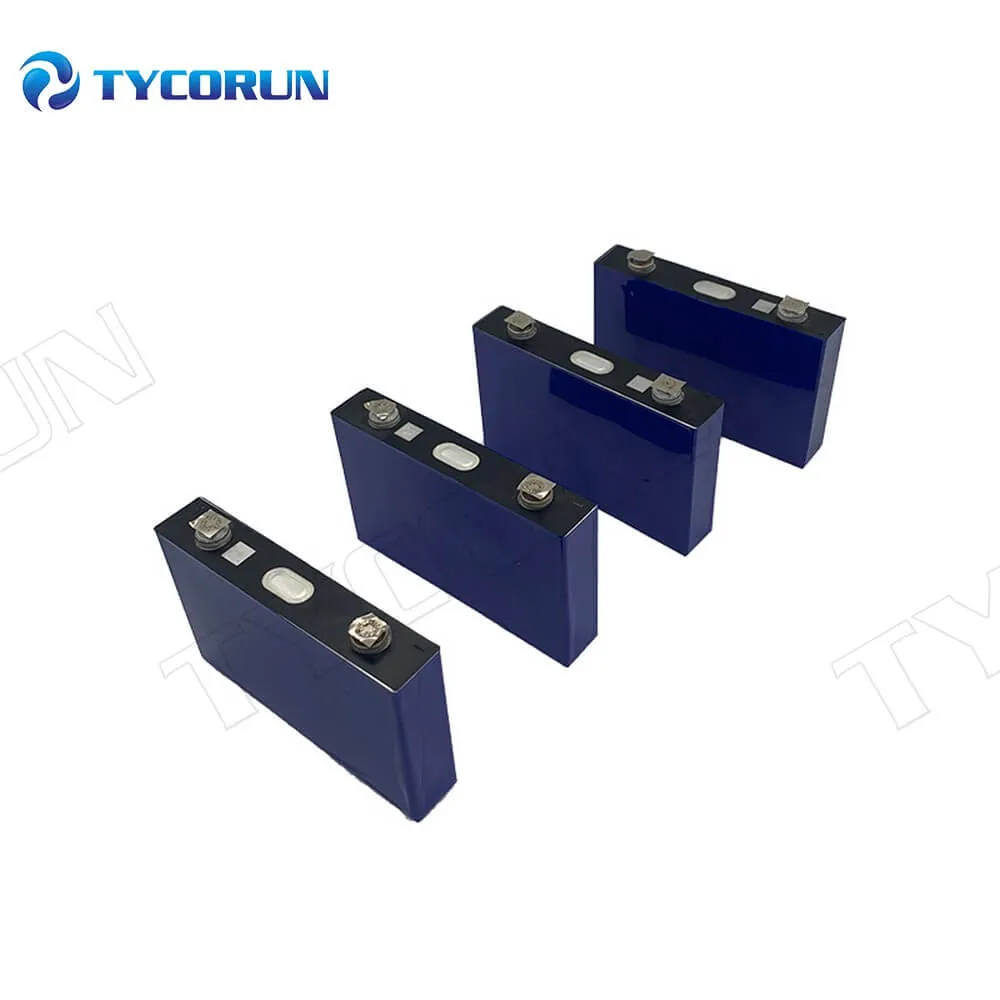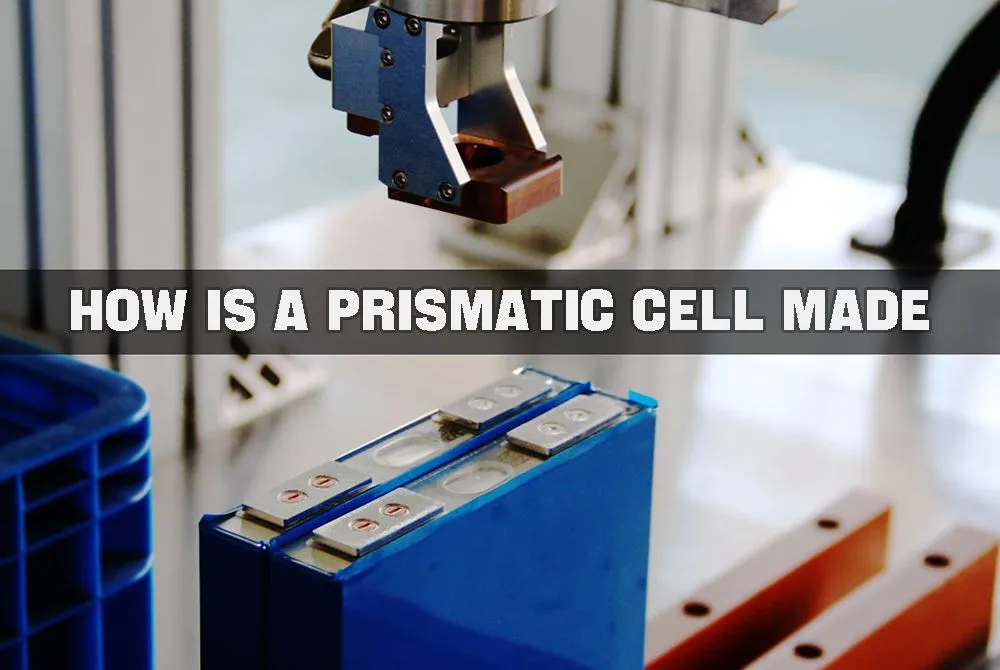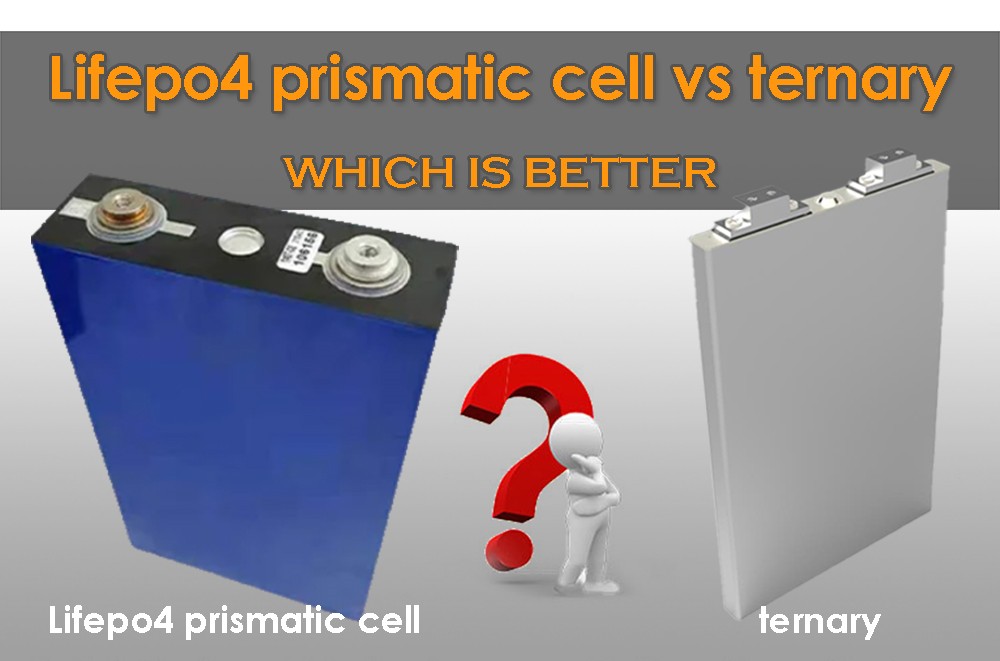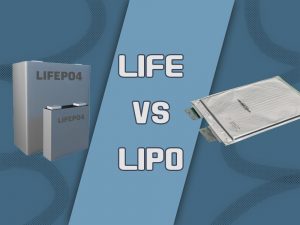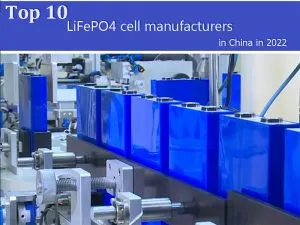Advantages of LiFePO4 prismatic cell in material and form

What is a LiFePO4 prismatic cell
Prismatic LiFePO4 cell is of rectangular shape, containing the Electrode (Anode, cathode) layers stacked/Folded inside the hard and durable casing. It comes with higher capacity range than cylindrical shaped cells and as they are larger in size. Their big size make it better option for High Energy storage applications like UPS, ESS and other storage applications.
Click the picture to get the detail information of 3.2v 280Ah LiFePO4 prismatic cell
How is a prismatic cell made
Exterior
The chemical structure of the prismatic cell is encompassed within an aluminum, steel or rigid fiber Rectangular Casing. Because of its rectangular shape and bigger size it allows the battery manufacturers to make a high capacity and high voltage battery pack with fewer connections than cylindrical cells.
There are two markings of positive and negative signs for the battery polarities. A thin insulating layer is also present over the casing to avoid any electric shock.
Interior
The interior structure of the prismatic cell is composed of positive and negative electrodes, that is cathode and anode, electrolyte and separator. (LiFePO4 works as cathode, Graphite carbon as anode and a polypropylene as the separator).
The anode is contrived of olivine-structured LiFePO4 material, and the cathode consists of porous carbon. A popular material for the separator is polypropylene. A mixture of propylene carbonate and Dimethoxymethane can also be used as the electrolyte.
How does LiFePO4 prismatic cell work
The formation of the prismatic cell is explained in the above section. This section illustrates the working of a LiFePO4 prismatic cell. When the cell discharges, the lithium ions flow toward the anode from the cathode via the electrolyte. On the contrary, when the cell charges, the ions move in the opposite direction, i.e. from anode to cathode.
In this way, the charging and discharging of the battery continue. Lithium ions flow through electrolytes while electrons travel through external circuits; So an electric current is formed. This is what the battery does, converting chemical energy into electricity.
Difference between LiFePO4 prismatic cell vs cylindrical cell
Understanding the cylindrical batteries is necessary before we compare them with the prismatic cell batteries.
Cylindrical batteries
These cells are enclosed in cylindrical metallic body where electrode layers are rolled inside. These come with less energy capacity. Cylindrical batteries like 18650 battery are the most common batteries that most battery manufacturers still use. In this configuration, the cells are mounded in a tube with metallic electrodes at both ends.
Comparison
● The size of the prismatic battery is more flexible and the degree of customization is higher
● Higher space utilization for prismatic battery packs
● Cylindrical cell technology is mature, and there is enough space between the cells, so heat dissipation is more manageable.
● The capacity and volume of square cells are larger, so for a battery pack composed of square cells, the number of cells will naturally decrease, so the requirements for BMS will be lower, and the safety of the battery will be higher.
Advantages and disadvantages of LiFePO4 prismatic cell
This section is all about the pros and cons of the LiFePO4 prismatic cell.
Advantages
A few notable advantages of LiFePO4 prismatic cell batteries are listed below:
● Energy density of a prismatic battery is theoretically higher
● These cells come with high capacity ranging from 50-300 Ah, which is incredible
● Due to the bigger size and Capacity connecting these cells in parallel or series combination is easier including fewer details
● The structure of the square battery is relatively simple and the production process is not complicated
Disadvantages
Prismatic cells have more Advantages but some of the disadvantages are as:
● Due to the bigger size these could not be used for smaller devices
● These could swell if exposed to vibrations or a manufacturing fault
Applications of LiFePO4 prismatic cell
LiFePO4 prismatic cell are primarily used for energy storage and electric vehicles Because of their high energy density and capacity. Another advantage of these batteries is that they are not much affected by vibrations, making them useful in portable devices.
Specification of LiFePO4 prismatic cell
There is no standard prismatic cell, but the manufacturers produce these cells as per their requirements. LiFePO4 prismatic cells have a voltage of 3.2V, while amperage is from 50Ah to 300Ah. However, the prismatic cell ratings and specifications vary for different manufacturers.
How many LiFePO4 prismatic cells in 12v lithium-ion battery
To form a battery pack, you need to decide the Ah rating and voltage rating of the selected cells and then make suitable combinations of the cells to achieve your required ratings. To build 12v 100ah lithium ion battery you need to Connect 4 cells of 3.2V and 100Ah each in series combination, This will result in 12.8V 100Ah battery.
Also there are other ways to get it done using series and parallel combinations. Like If you have 3.2v 25Ah cells you will need to connect 4 cells in parallel and these 4 combinations in series to make the 12.8v 100Ah battery. It is called 4S4P configuration as you connect 4 cells in parallel and then a master series combination of these parallel groups. This way, a total of 4 LiFePO4 prismatic cells of 3.2 v and a 25 Ah rating make the required battery pack.
LiFePO4 prismatic cell vs ternary in energy storage field
Each type has unique effectiveness and appropriate application scenarios. The following are some reasons why the LiFePO4 prismatic cell is better for energy storage than ternary.
● Prismatic cell batteries do not contain any costly material, so they are inexpensive compared to the Ternary which uses expensive metals (lithium-intercalated oxides containing nickel, cobalt and manganese).
● The LiFePO4 prismatic cell batteries have a high-temperature handling capability compared to the ternary. This feature makes them safer than ternary batteries.
● The LiFePO4 prismatic cell has a 3 times longer lifespan than the ternary.
Conclusion
LiFePO4 prismatic cell technology is still emerging in the energy storage field. These prismatic batteries have made their place among some of the best battery technologies in a short time. From the point of view of materials, LiFePO4 prismatic cell has more advantages in cycle performance than other batteries. From the point of view of packaging form, LiFePO4 prismatic cell has a larger capacity than cylindrical batteries.

